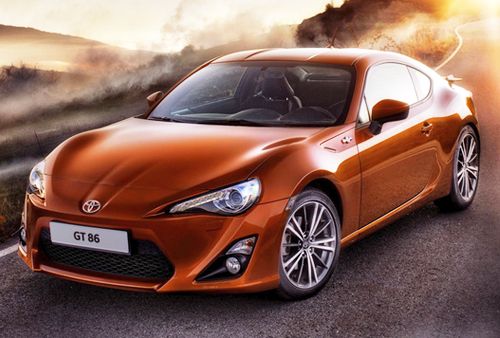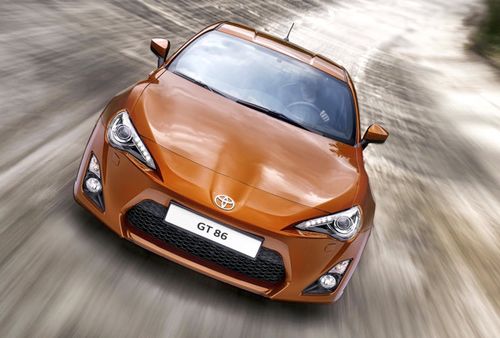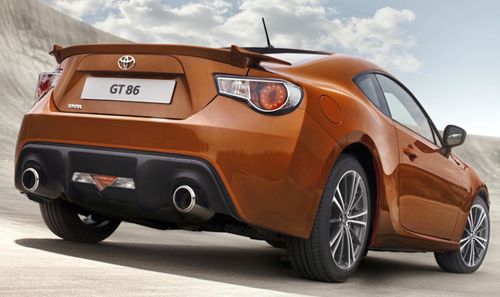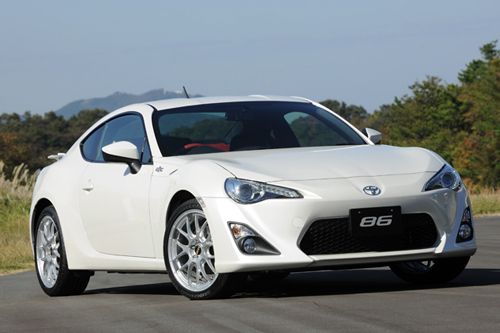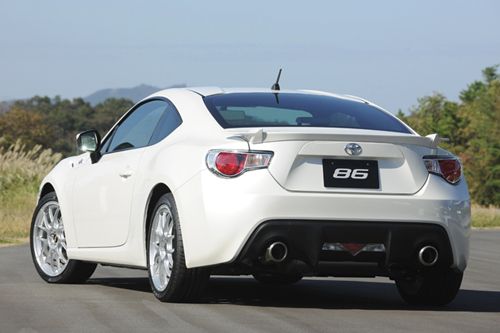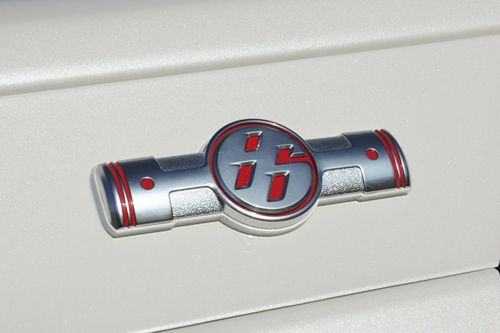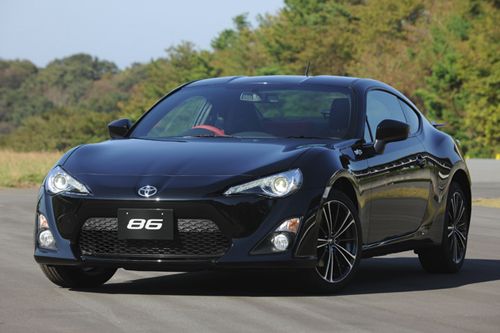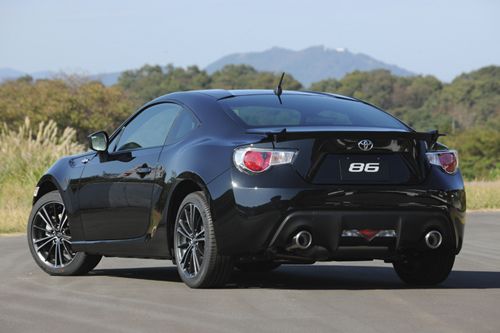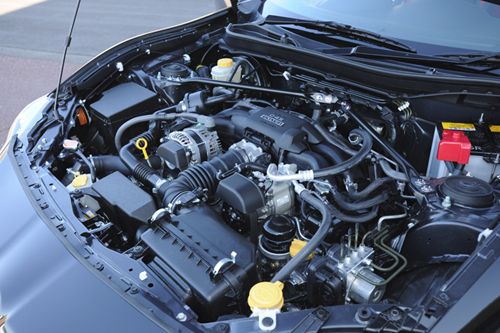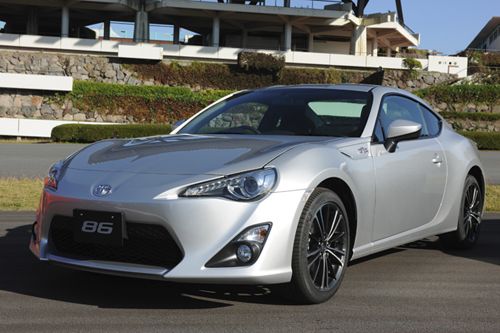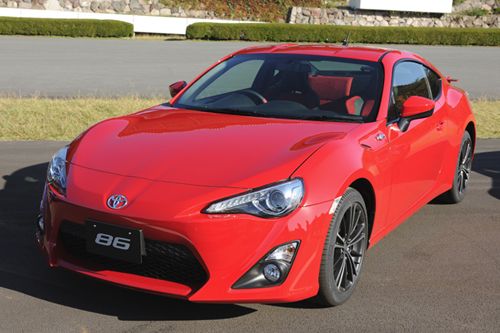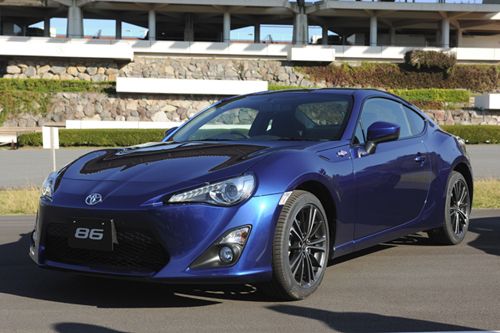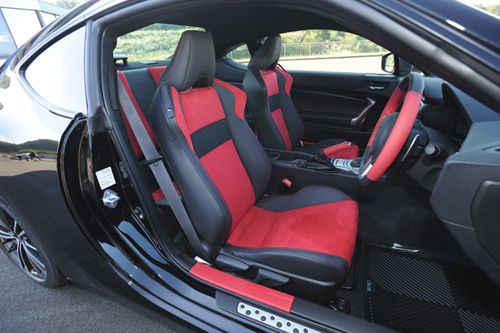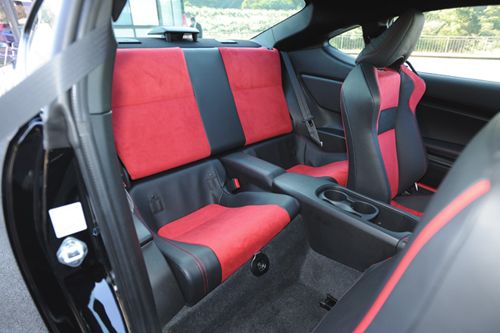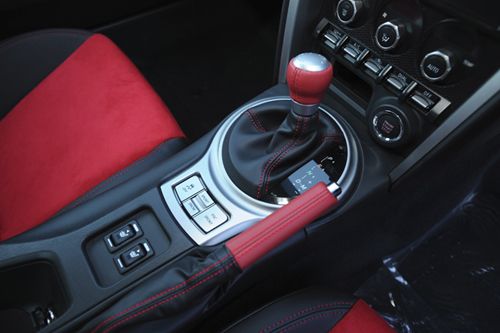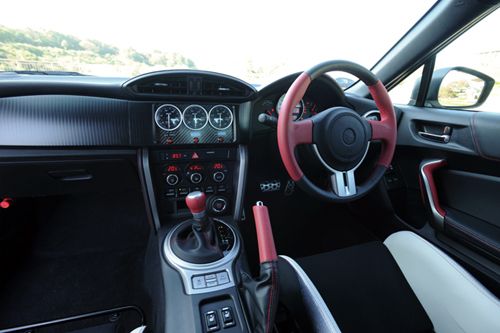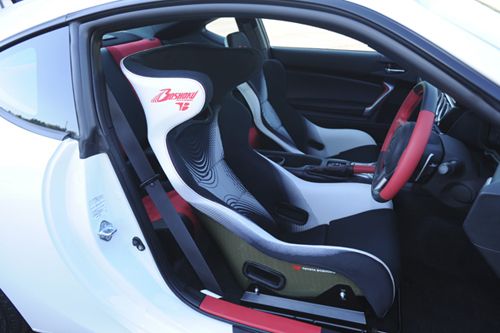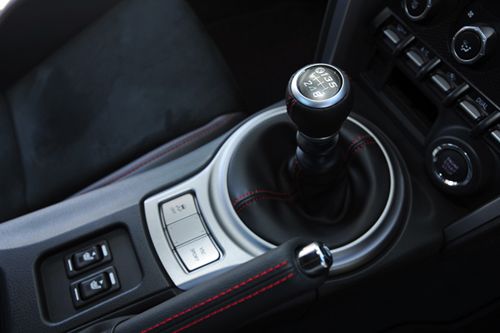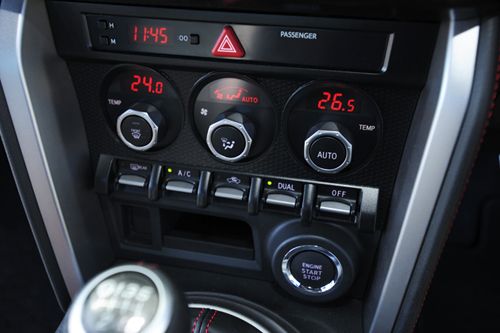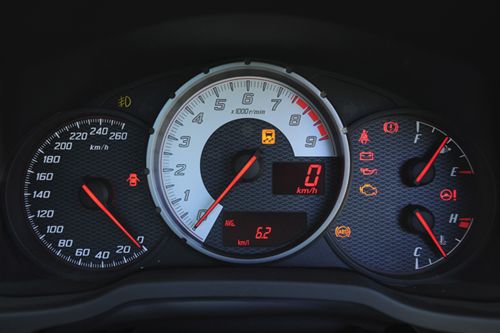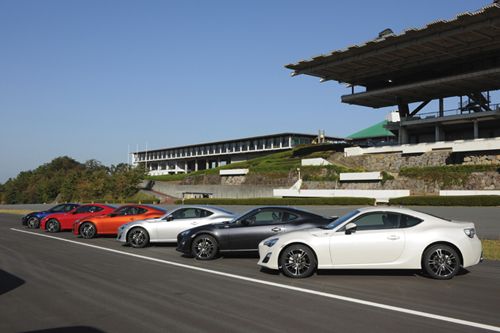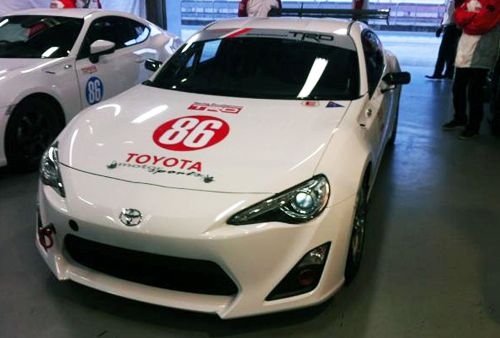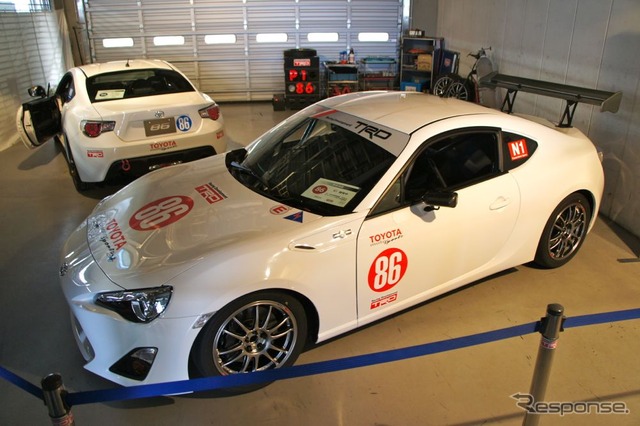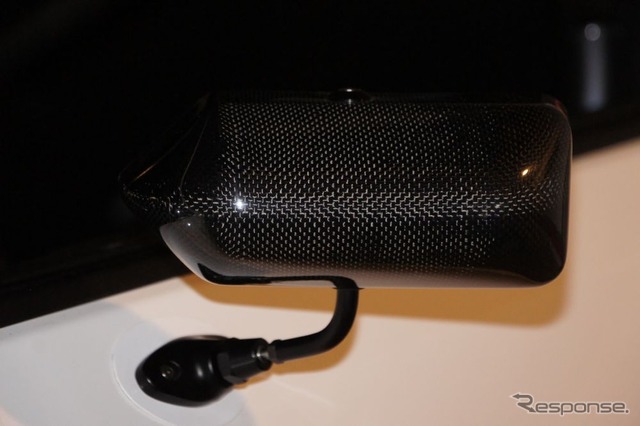FT86 production version will be called GT86






Autocar's first drive
Toyota GT 86 - Road Test First Drive - Autocar.co.uk






Autocar's first drive
Toyota GT 86 - Road Test First Drive - Autocar.co.uk
What is it?
This is the GT 86, formerly known as the FT-86, and created to lure young, fun-loving drivers back to a Toyota brand that has become dominated by big-selling but ultimately bland models.
The front-engined, rear-drive 2+2 has been created in a close collaboration with Subaru, in which Toyota owns a 16.5 per cent share, and will spawn three mechanically identical but differently styled cars: the GT 86, the Subaru BRZ and, for the American market, the Scion FR-S.
All three will be powered by the same 197bhp, 151lb ft flat four engine. Based on the Subaru FB20 block but fitted with a Toyota-designed head, the 2.0-litre engine has been reworked with a shorter stroke and wider bores, allowing it to rev higher. Maximum power arrives at 7000rpm, while peak torque is at 6600rpm.
In total, 91 per cent of parts are bespoke to the GT 86 or its counterparts. Current estimates suggest it will cost from £28,000, a significantly higher amount than originally speculated, but still a relative bargain should it deliver on its promised fun.
What’s it like?
At this juncture it’s worth noting that our drive was conducted at a test track in Japan, where the silky smooth surface made any conclusions about the ride impossible to gauge accurately. Also, this is a pre-production car, set up to almost launch spec save for the fitment of details such as the audio system.
Sliding into the GT 86’s bucket seats – which are snug, grippy and positioned at a perfect, low-slung height – sets the tone. With all the controls close to hand, the cockpit is as cosseting as a Porsche’s, albeit not trimmed to the same standard.
At idle, the engine note is fairly subdued, but take it up to the 7500rpm redline and it sounds growly. However, this car is all about the corners. Its relatively low power means it’s no sprint champion, and the 0-62mph time is estimated at a modest 7.0sec.
But the key facets of an 1180kg kerb weight, rear-wheel drive, ESP that can be fully turned off, quick steering and a limited-slip differential make it a riot in the twisty stuff. Also, the tyres are the same 17in low-resistance versions as can be found on a Prius, all the better to make sure their grip can be overcome if the mood takes you.
Turn in to a corner and there is some roll, but it’s well contained. On a constant throttle and steady steering, it understeers slightly, but lift mid-corner or trail the brakes – or just throw it in – and it’ll either straighten its line or flick to oversteer as you choose.
Furthermore, it never catches you out when it does start to slide because the steering is so nicely weighted and the chassis so responsive that they telegraph exactly what’s happening at all times.
There are disappointments, but they are minor. The six-speed manual gearbox is a touch notchy, while the optional six-speed automatic changes smoothly and quickly but lacks the sharpness of its dual-clutch rivals. When it’s on, the stability control system also intervenes too harshly.
Should I buy one?
Despite this, at its best, the driving experience is a match for the likes of a Porsche Cayman, and accolades don’t come much higher than that. That it can’t reach those heights across as broad a range of conditions as the German-built car shouldn’t detract from its overall success, because the fact that it can even get close is a minor miracle.
Hidemitsu Hoshiga
Toyota GT 86
Price: £28,000 (est); Top speed: 143mph (est); 0-62mph: 7.0sec (est); Economy: 40.9mpg (est, combined); CO2: 160g/km (est); Kerb weight: 1180kg; Engine: 4 cyls horizontally opposed, 1998cc, petrol; Installation: Front, longitudinal, RWD; Power: 197bhp at 7000rpm; Torque: 151lb ft at 6600rpm; Gearbox: 6-spd manual; Length: 4240mm; Height: 1285mm; Wheelbase: 2570mm; Wheels: 7Jx17in; Tyres: 215/45 R17.
Last edited by a moderator:


